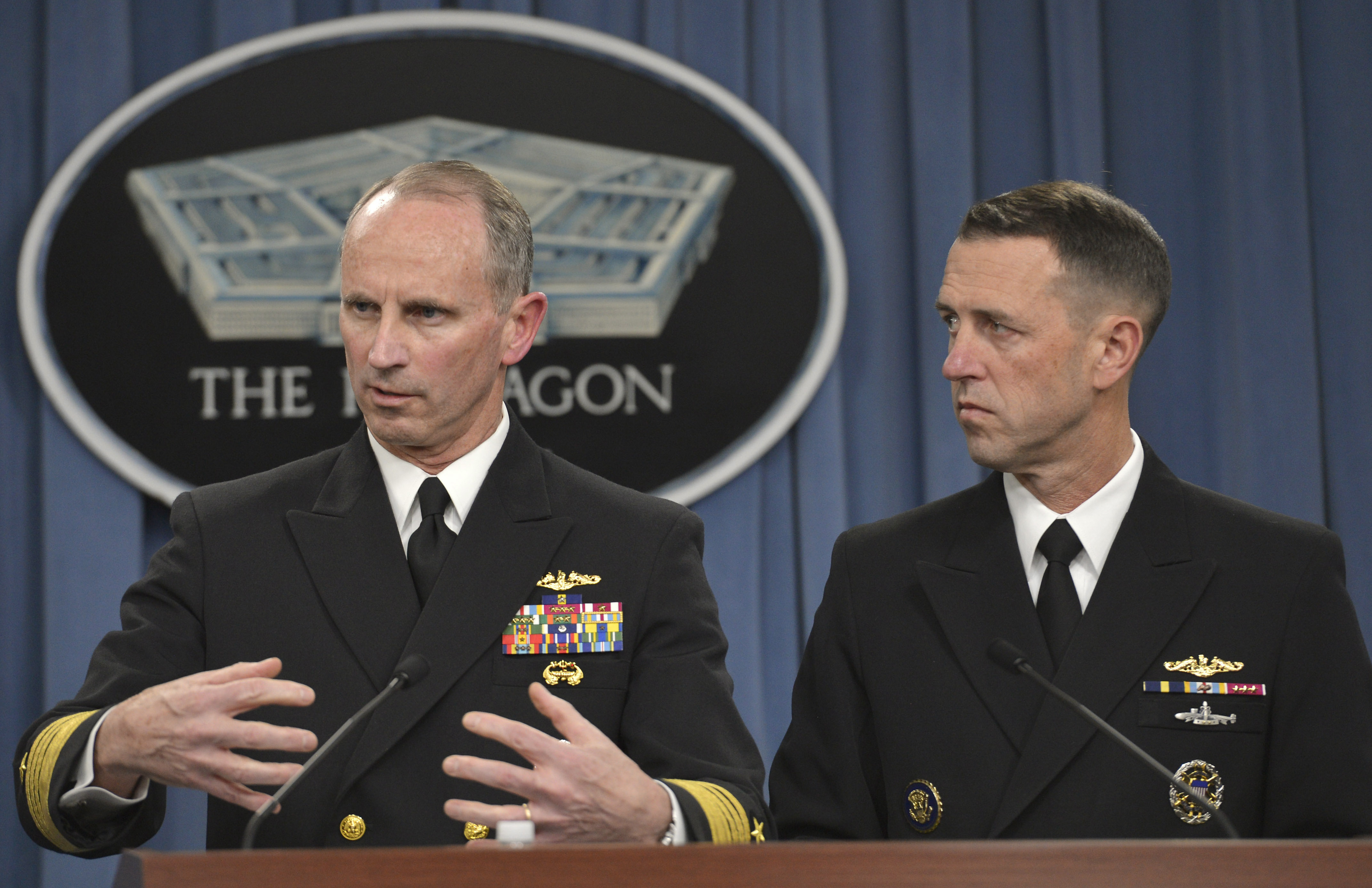
The Navy’s top leaders claim ongoing the Department of Energy’s budget cuts are putting, “the nation’s security at risk,” in a Monday letter to Congress.
The letter — signed by Chief of Naval Operations Adm. Jonathan Greenert and head of Naval Reactors Adm. John Richardson — warn continued cuts to National Nuclear Security Administration’s (NNSA) naval reactors program could have a dramatic affect on the service’s nuclear fleet.
Over the last four years, the NNSA has seen its budget for naval reactors drop almost $450 million. A planned cut of $162 million in the NNSA’s Fiscal Year 2015 budget would bring the total to $600 million, Greenert and Richardson wrote.
“This approach is no longer sustainable,” read the letter sent to the members of Senate and House appropriations, energy and defense committees.
“The persistent cuts have put [Naval Reactors] in the position of being unable to provide for a safe and reliable nuclear fleet, design and test the reactor plant for the Ohio Replacement Program [ORP] and safely and responsibly manage aging infrastructure and the facilities for processing naval spent nuclear fuel.”
The reactors powering the service’s fleet of aircraft carriers and submarines are provided to Naval Reactors by the NNSA and are in turn operated by the Navy.
The budget line for Naval Reactors is $1.2 billion in the FY 2015 NNSA submission.
Elaborating on Greenert’s position, Navy spokesman Capt. Danny Hernandez told USNI News on Wednesday said the fleet would be able to operate the existing reactors safely but would have problems in the future.
“We can’t manage it,” he said.
“We can’t sustain fleet support and new programs if there are further cuts.”
The cuts come as some in Congress have started to ask hard questions about the Naval Reactors program and why the office’s budget requests have been on the rise.
According to a June report from the House Appropriations Committee (HAC) — reported by Defense News — the committee “remains concerned about the high year-to-year increases that NR is using for its programmatic planning basis in future years.”
Sustained growth in the reactors line is, “an unlikely scenario considering the current fiscal environment,” read the HAC report.
The HAC asked Naval Reactors to submit a report on how funding below the five-year projected funding stream would affect the reactors program.
The highest profile project emerging from the office will be the design of the new nuclear reactor for the 12 Ohio replacement ballistic missile submarines (SSBN) the service will start to buy in 2021.
The reactors are required to last the life of the boomers without needing to be refueled and will drive a new electric ship design.





